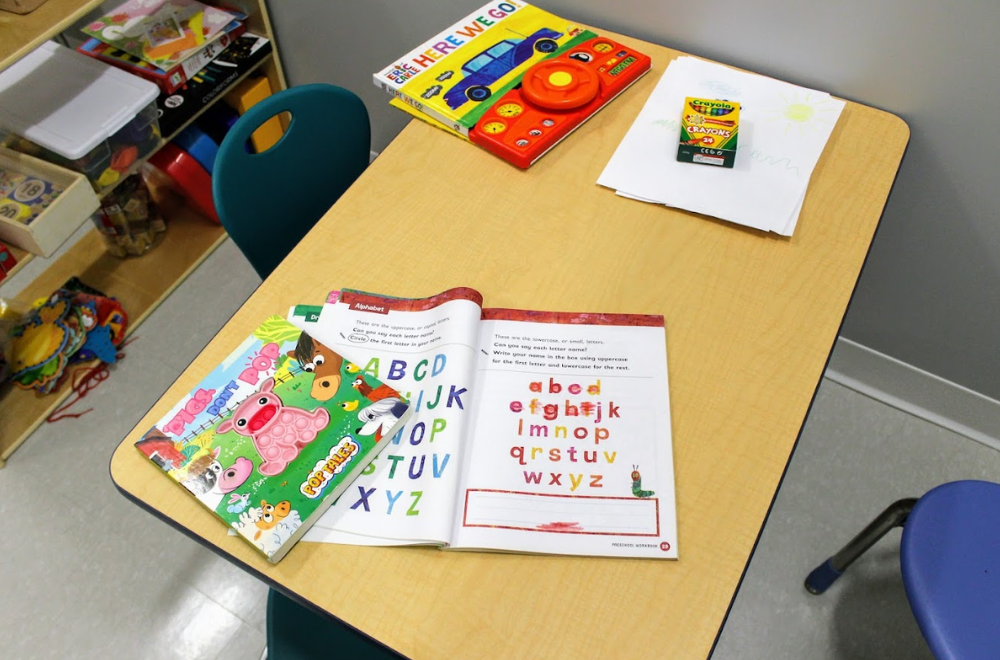4. Celebrate Achievements and Encourage Independence
- Celebrate Milestones: Similarly to the ABA therapy approach, celebrate your child’s achievements, no matter how small. Positive reinforcement can boost your child’s confidence and motivation.
- Promote Independence: Encourage your child to develop independence in daily tasks and activities. Provide opportunities for your child to make their own choices or solve their own problems.

